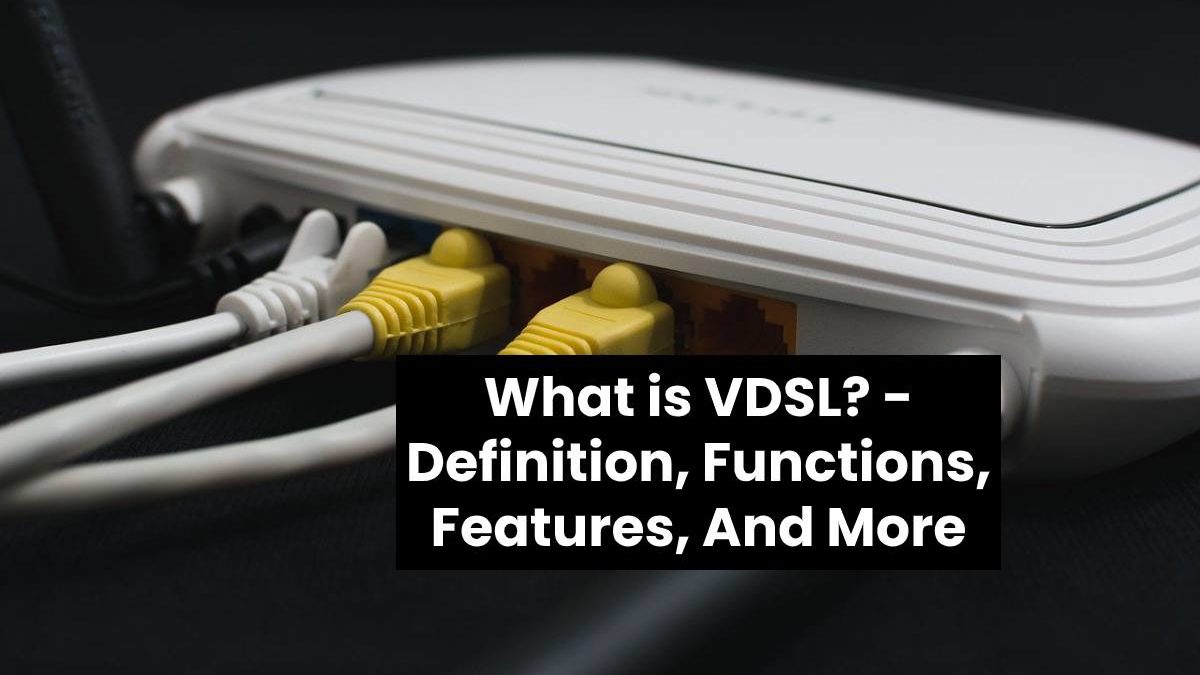Table of Contents
Definition VDSL
VDSL, or VHDSL, stands for Very High-bit-rate Digital Subscriber Line, a broadband Internet access technology belonging to the xDSL family of technologies that transmit pulses on the twisted pair telephone line cable.
Movistar VDSL with Calls to Landlines is a fixed broadband product that offers you high-speed Internet access. Up to 30 Mb over VDSL and a flat rate for calls to national landlines.
How does VDSL work?
It is also known as EFM. It refers to the type of data transmission technology in the first mile, that is, in the connection section between the user and the provider. In this case, four parallel channels carry for data transmission with seven different frequency bands. [VDSL] does not take advantage of the same infrastructure as in other versions of DSL and requires more sophisticated infrastructure and installation than ADSL or ADSL2.
VDSL is a standard capable of supporting applications such as video on demand or telephony transmission (with a considerable number of lines).
Composition and functionality
The VDSL infrastructure consists of a VDSL switch to connect to the Internet or another local data server, a VDSL splitter to combine the data with the voice coming from the switchboard, and a VDSL modem or router.
The connection works as follows, the router or MODEM gets connected through the copper pair with the VDSL splitter, located in the communication room of the building. Through EFM technology combining voice calls and the connection of data. The splitter combines analog calls from the primary telephone network with the data connection coming from the VDSL switch. It is where the change occurs; High-speed fiber-optic connection helps to connect the switch to the Internet and local networks.
Timely and sticky
This infrastructure offers several advantages over ADSL and ADSL2. Firstly, it gives a connection speed of up to 52 Mbits of download and 12 Mbits of upload. There is also an asymmetric version for business applications with 26 Mbits both upload and download. Furthermore, the distance to the plant is no longer a problem. Since the copper pair connection, the one susceptible to attenuation and interference problems, is only used inside the building. The distance limit is short, but it does not present problems in this case.
Disadvantage
The drawback is that the infrastructure to be deployed is more expensive than in the case of ADSL or ADSL2 since an extensive fiber optic structure and the installation of new devices in buildings are necessary.

